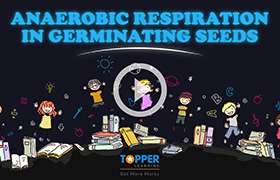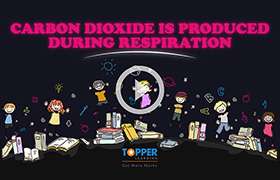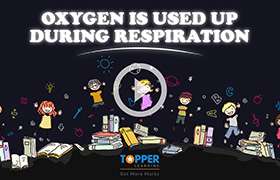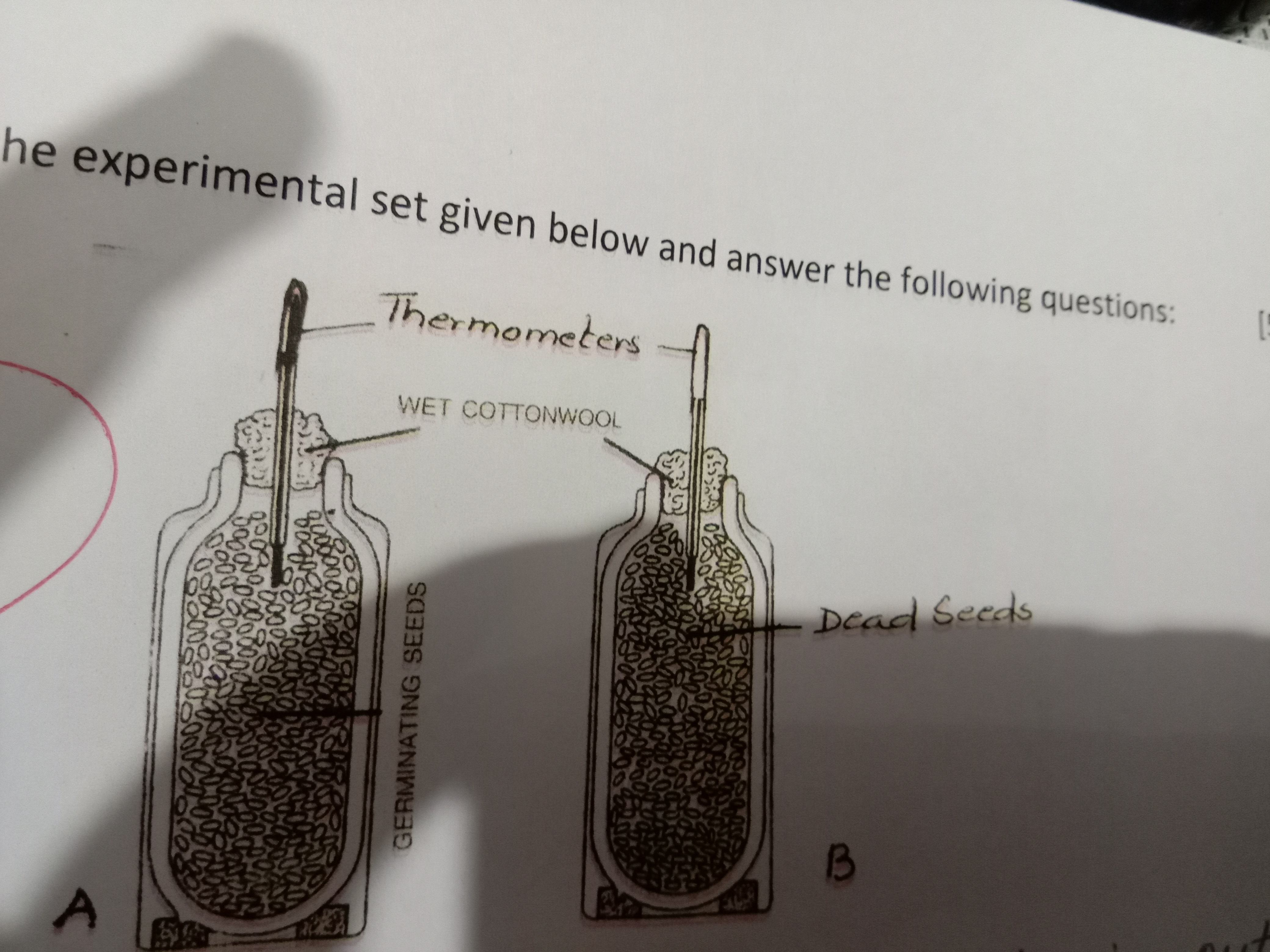ICSE Class 9 Answered
please help by giving proper notes on photosynthesis. (of grade 9)
Asked by Preeti | 09 Apr, 2017, 04:28: PM
Photosynthesis is a physiological process by which plant cells containing chlorophyll produce food in the form of carbohydrates by using carbon dioxide, water and light energy. Oxygen is released as a by-product.
Process of Photosynthesis
1.The palisade layer is the centre for photosynthesis.
2.Light energy is trapped in the chlorophyll of mesophyll cells of the palisade layer of leaf.
Two main phases are involved in the mechanism of photosynthesis: Light dependent phase and Light-Independent Phase
Light-dependent Phase
1.The light-dependent phase is also known as Hill reaction or photochemical reaction.
2.This phase takes place in the thylakoids of the chloroplast.
Major steps include:
Activation of Chlorophyll:
On exposure to light, chlorophyll becomes excited and absorbs photons (a photon is the smallest unit of light energy) to get activated.
Photolysis of Water:
Energy absorbed is used in splitting of water molecules into hydrogen ion (H+ ) and hydroxide ion (OH− ). During this process, electrons are released.
Production of Reducing Agent:
NADP, i.e. nicotinamide dinucleotide phosphate, picks up the hydrogen ion and is reduced to NADPH.
Formation of molecular oxygen:
Hydroxide ion is oxidised to hydrogen peroxide which decomposes to form molecular oxygen (O2). Molecular oxygen is released during photosynthesis. Photophosphorylation:
Electrons are used in converting ADP (adenosine diphosphate) into energy-rich compound ATP (adenosine triphosphate) by adding one phosphate group.The process of addition of phosphate is called phosphorylation. Since the energy used comes from light, it is also called photophosphorylation.
Light-independent Phase:
1.This phase is also known as Calvin cycle or biosynthetic phase.
2.It occurs in the stroma of chloroplasts.
3.This phase occurs simultaneously with the light-dependent reaction.
4.The time gap between the two phases is less than one thousandth of a second.
Major step nclude:
Formation of Glucose:
Carbon dioxide is converted into glucose by using ATP and NADPH produced during the light reaction.
Answered by Sivanand Patnaik | 09 Apr, 2017, 05:13: PM
Concept Videos
ICSE 9 - Biology
Asked by venkatpyata7 | 06 Mar, 2024, 09:04: PM
ICSE 9 - Biology
Asked by ajitkumarak4me | 22 Oct, 2021, 04:57: PM
ICSE 9 - Biology
Asked by chitrachongdar07 | 31 Oct, 2020, 11:14: AM
ICSE 9 - Biology
Asked by Kanwaranita10 | 30 Jan, 2019, 08:12: PM
ICSE 9 - Biology
Asked by jenindevassy | 21 Oct, 2018, 04:47: PM
ICSE 9 - Biology
Asked by jenindevassy | 21 Oct, 2018, 04:43: PM






